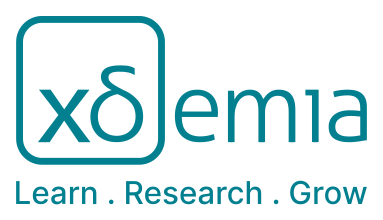Inverter Leg Operation, Controller Interaction and Protection Features
7 Enrollments Level : AdvancedRelevance
Understanding inverter leg operation, controller interaction, and protection features is critical for the efficient and safe functioning of inverters in power electronic systems, such as those used in renewable energy applications like solar and wind energy systems.
Abstract
This segment focuses on inverter leg operation, exploring topology, current behavior, and both transient and steady-state responses. Key topics include voltage transfer ratio, inductor current control, and synchronous sampling. It also examines the influence of digital controllers, highlighting control parameter settings. Essential protection features covered are Over Current Protection (OCP), Over Voltage Protection (OVP), and Over Temperature Protection (OTP).
Learning Outcomes
The Students
gain a deep understanding of the most important power electronic building block: the inverter leg
can explain the current flow in the output inductor both for non-controlled and controlled systems
can derive the voltage transfer function depending on duty cycle for the steady state
can analyze and explain the transient current response
know how to apply and where to set given PI-control parameters on digital controllers regarding delays
and they implement protection features like OCP, OVP and OTP
in order to
design, build and program self-protecting converters, since most converters are based on the discussed inverter-leg
be able to understand the behavior of third-party converters
Prior Knowledge
Power Electronics for Photovoltaic- and Wind Energy Systems: Introduction and Overview
Keywords
- Inverter Leg
- Half Bridge
- Over Current Protection OCP
- Over Voltage Protection OVP
- Over Temperature Protection OTP
